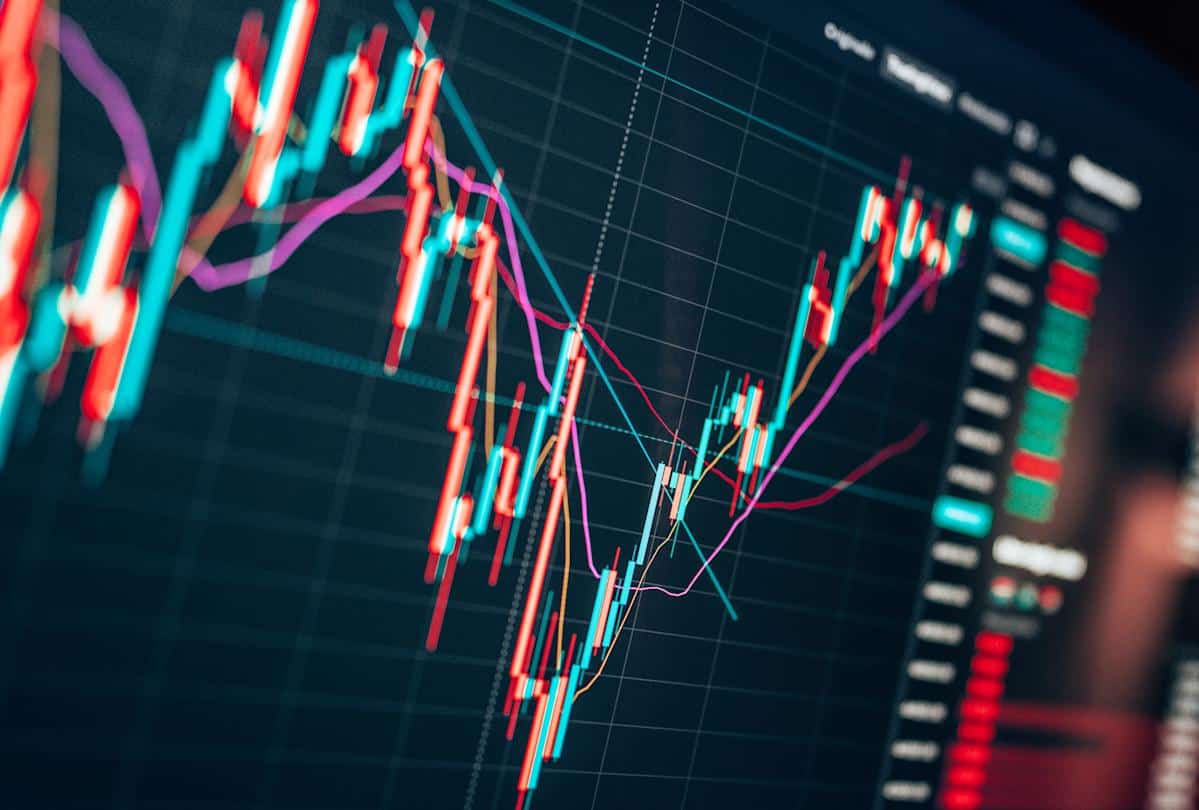Market volatility has dipped since September, but the nation’s top bankers are warning that choppiness could be coming back soon — thanks to the Federal Reserve.
In earnings calls this week, executives at the largest U.S. banks said price swings could be back as the central bank attempts to slow (and then reverse) its easy money policies launched last year to insulate the economy from the effects of the COVID-19 pandemic.
“It’s good to be watchful right now,” Morgan Stanley (MS) CEO James Gorman told analysts on Thursday. “There’s certainly nothing that suggests there are any issues, but markets are bouncing a little bit. And over the next 18 months, we’ll see more of that as the Fed starts to move.”
The VIX, a key measure of market volatility, has drifted below 2020 levels as the Fed gradually communicated its intention to begin slowing its so-called quantitative easing program as early as next month. Once the Fed kicks off that process, it will reduce its $120 billion-a-month pace of U.S. Treasury and agency mortgage-backed securities purchases. Looking ahead, Fed officials are also talking up the possibility of the first interest rate hikes in late 2022.
Citigroup (C) CFO Mark Mason told reporters Thursday morning that volatility through the Fed’s pullback may be a good thing.
“All of those factors play into investor positioning,” Mason said. “As investors look to position based on that volatility, that creates an opportunity for us to make markets for them.”
Through the pandemic-ridden quarters of 2020, banks relied heavily on their trading desks to find arbitrage through market volatility. Fixed income, currencies, and commodities (FICC) trading was a particular point of strength, as banks with experienced capital markets businesses notched double-digit growth to compensate for weak loan activity.
The economic recovery is building optimism among the large banks that they can grow the pipeline for bread-and-butter consumer and business loans. But some bank analysts say that through the transition, money center banks should remain winners among the financial stocks.
“We’re still leaning toward the capital markets sector banks because the capital markets construct is better than the consensus realizes at the moment,” JMP Securities Senior Research Analyst Devin Ryan told Yahoo Finance Thursday.
No surprise?
Minutes from the Fed’s last meeting show that if the Fed were to go forward with “tapering” those purchases in November, it could begin the process in the weeks following and bring the purchases to a full stop by the middle of next year.
Through that process, the Fed has acknowledged the risk of a sour market reaction. Fed officials in September hoped that the strategy of inundating markets with advanced notice on any pullback in quantitative easing would “reduce the risk of an adverse market reaction to a moderation in asset purchases.”
Wells Fargo (WFC) CFO Mike Santomassimo told reporters Thursday he feels the Fed will be able to avoid any “abrupt” movements in markets.
“Tapering isn’t going to be a surprise to anybody, I think we’ve been talking about it now for quite a long period of time,” Santomassimo said.
Even if market volatility surfaces, the bank executives noted that monetary policy changes are unlikely to rock the boat on loan and deposit growth. JPMorgan Chase (JPM) CFO Jeremy Barnum said Wednesday that deposit growth likely won’t reverse until the Fed starts to actively unwind its asset holdings — a conversation the Fed is far from having at the moment.
Even when the Fed starts to hike interest rates, deposit costs may not dramatically rise. Bank of America (BAC) CEO Brian Moynihan said Thursday that in its consumer businesses, 56% of balances are in “core transactional,” non-interest bearing checking accounts.
“We feel good about long-term deposit growth,” Moynihan said, shrugging off the impact of changes in the monetary supply.

